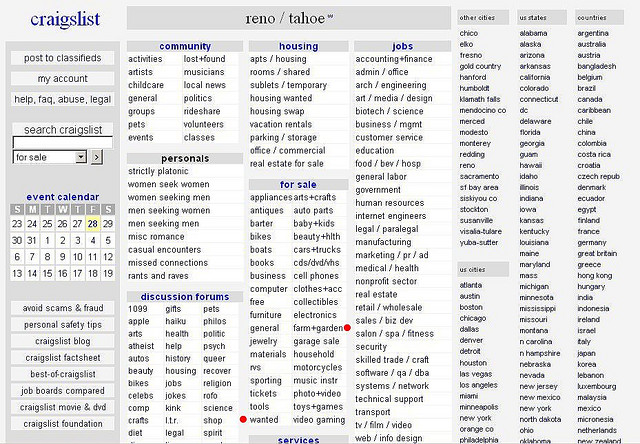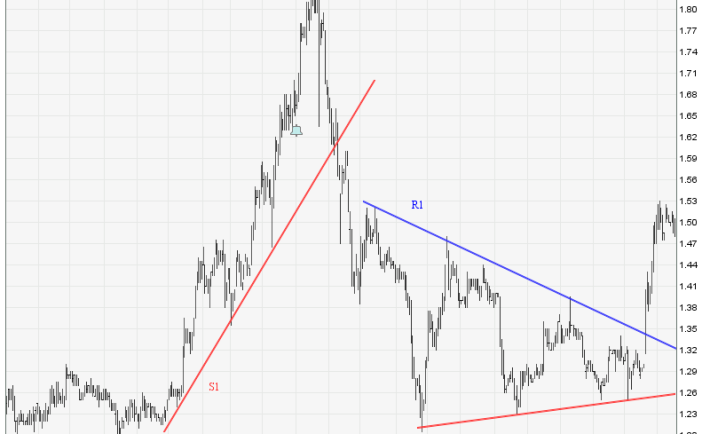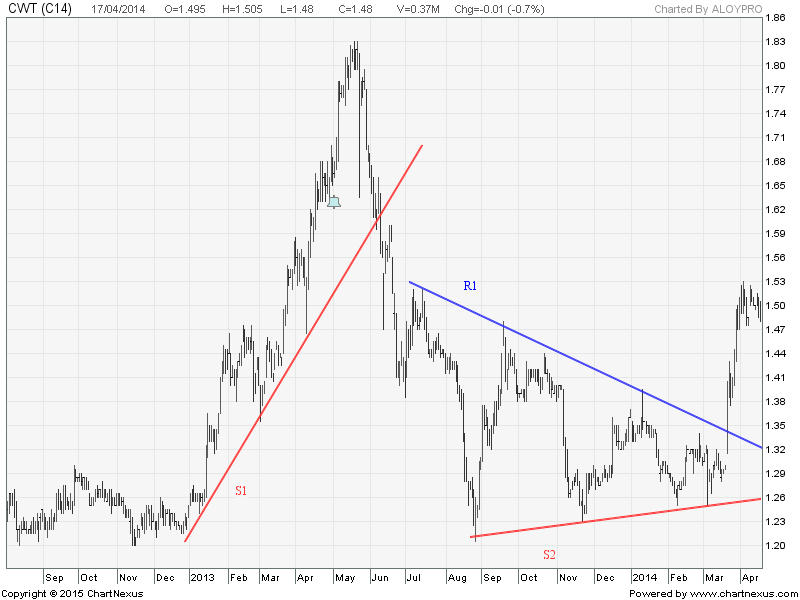There are days when you just want to reinvent your look and go wild with different hair colors. But, not all hair services in Singapore are cheap! Some may cost you over S$200. Fortunately, there are other ways to tell your beautiful story with your hair as the canvas…
1. INDULGE ON GROUPON
GROUPON is probably my all time favorite shopping companion. Used by many Singaporeans, GROUPON is a website that offers discounted deals on events, luxury goods, bags, watches, beauty products, lifestyle services, and getaways. I recommend going for these current deals below that range for only S$23-48.
a. S$23, avail here – Clementi: L’Oreal/MSK Ampoule Hair Colour / Highlights + Treatment + Hair Ampoule
b. S$23, avail here – Toa Payoh: Vibrant Clairol Hair Colouring / Creative Highlights + Magic Spa Treatment
c. S$38, avail here – Orchard: Hair Colour / Highlights + Wash & Blow
d. S$48, avail here – Somerset: Shiseido Hair Colouring / Highlights + Wash & Blow
Styling, highlights, blow dry, and treatment at a fair price brought to you by GROUPON! You can conveniently pay through for Debit/ Credit Card, Paypal or American Express.
2. TRY SHOPPING ON Qoo10
Aside from GROUPON, Qoo10 is a popular website portal for diverse sellers around the world. The ongoing Qoo10 e-Ticket sold by Organic Hair Professional Singapore can save you up to S$93 on hair coloring! With this e-Ticket, you can avail 90 minutes of cut, wash, blow dry, and organic hair coloring for only S$48. What’s more? They have 7 locations islandwide!
3. LOOK FOR PROMOTIONS
Still have your heart set on the best salons in Singapore such as Salon Vim, Artica Hair Studio, and Toni & Guy Essensuals Hairdressing? The good news is that these salons offer promotions for haircut, treatment, and hair coloring every once in a while.
For example, you can get the Artica‘s Express Package including hair coloring and protein treatment for S$88 or the Essensuals hair coloring, cut, and treatment for S$148. Only Artica Hair Studio and Toni & Guy Essensuals Hairdressing have available promotions at the moment. But, you may keep an eye on Salon Vim’s promotions at salonvim.com/promotions.
4. LASTLY, SELF-SERVICE
If your budget for hair coloring is less than S$16 then, try the magical services provided by you! At your own speed and mixture, you can achieve a new hair color by spending as low as S$7.90 for a box of Revlon ColorSilk or as high as S$15.90 for a box of a Liese Blaune Treatment Cream Color. These are available at all Watsons outlets. Watch this short “How to Dye Your Hair at Home” video to guide you.











